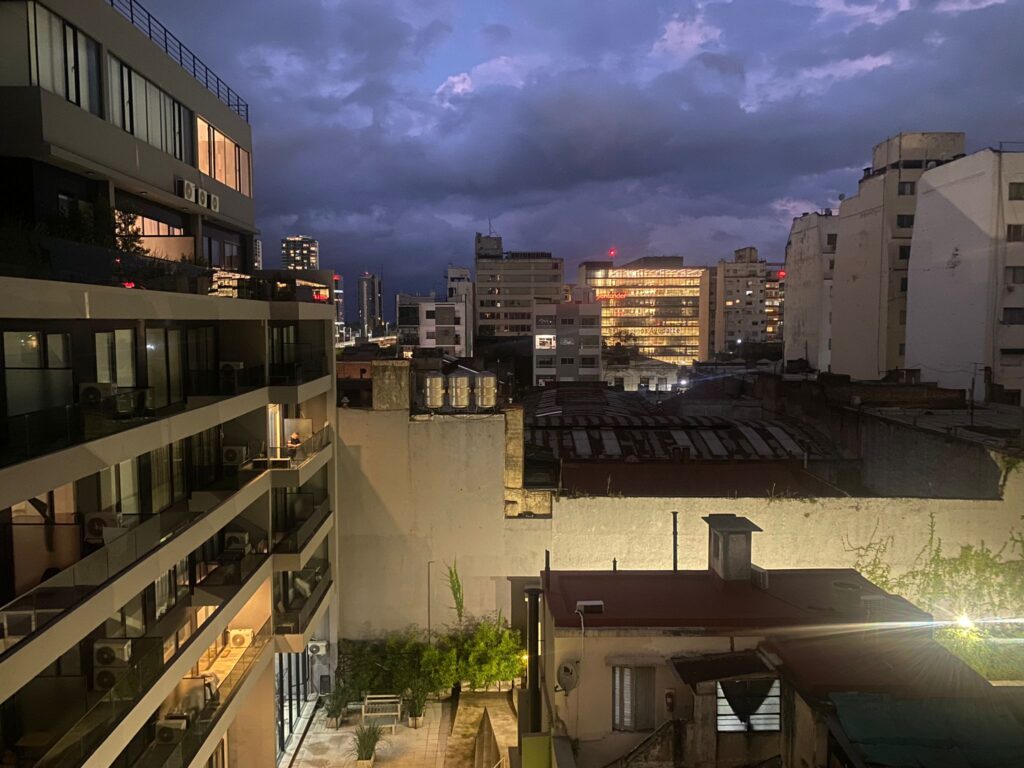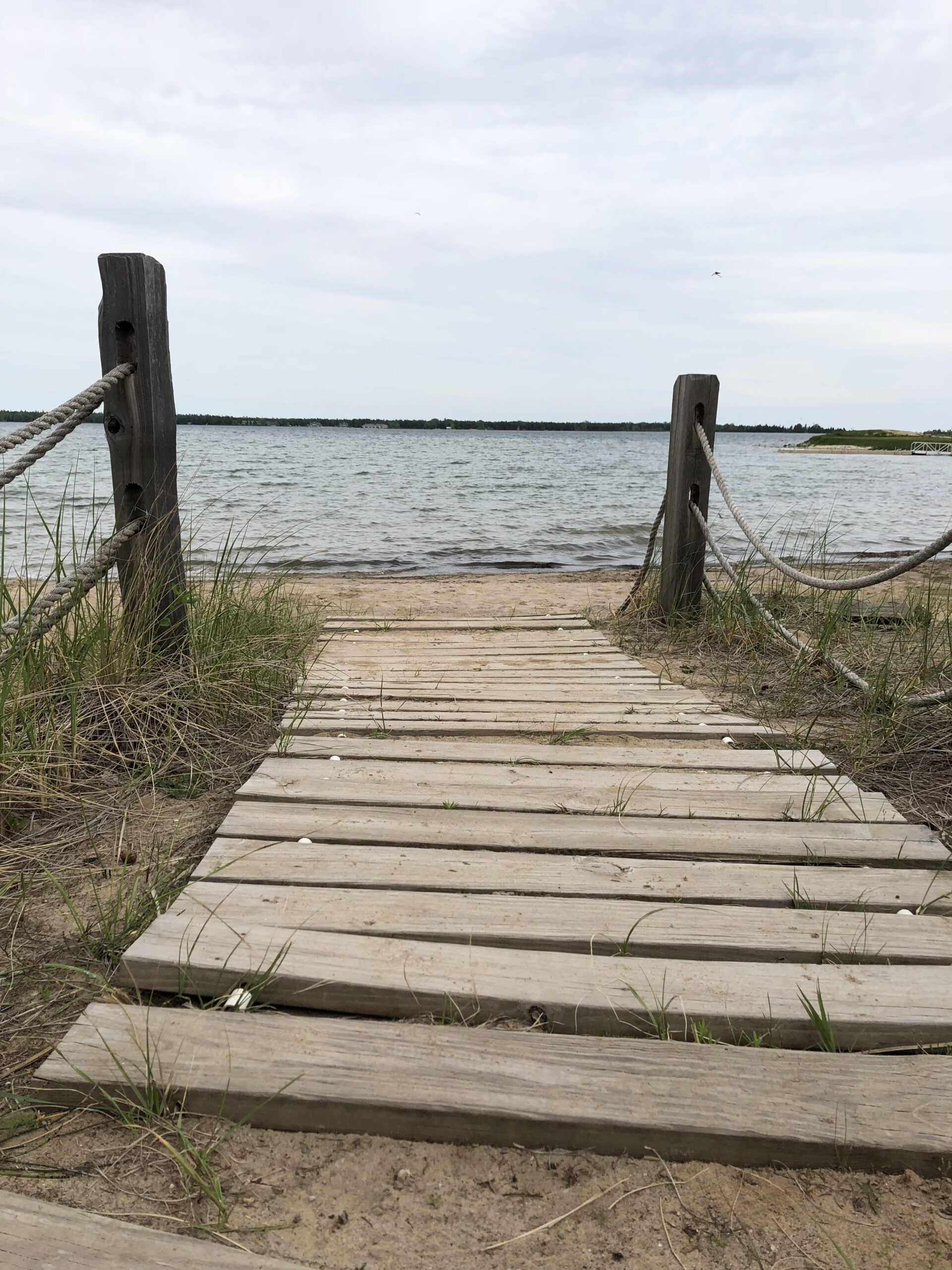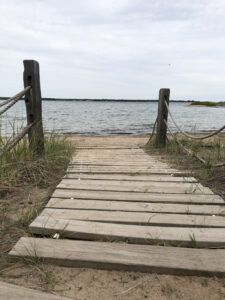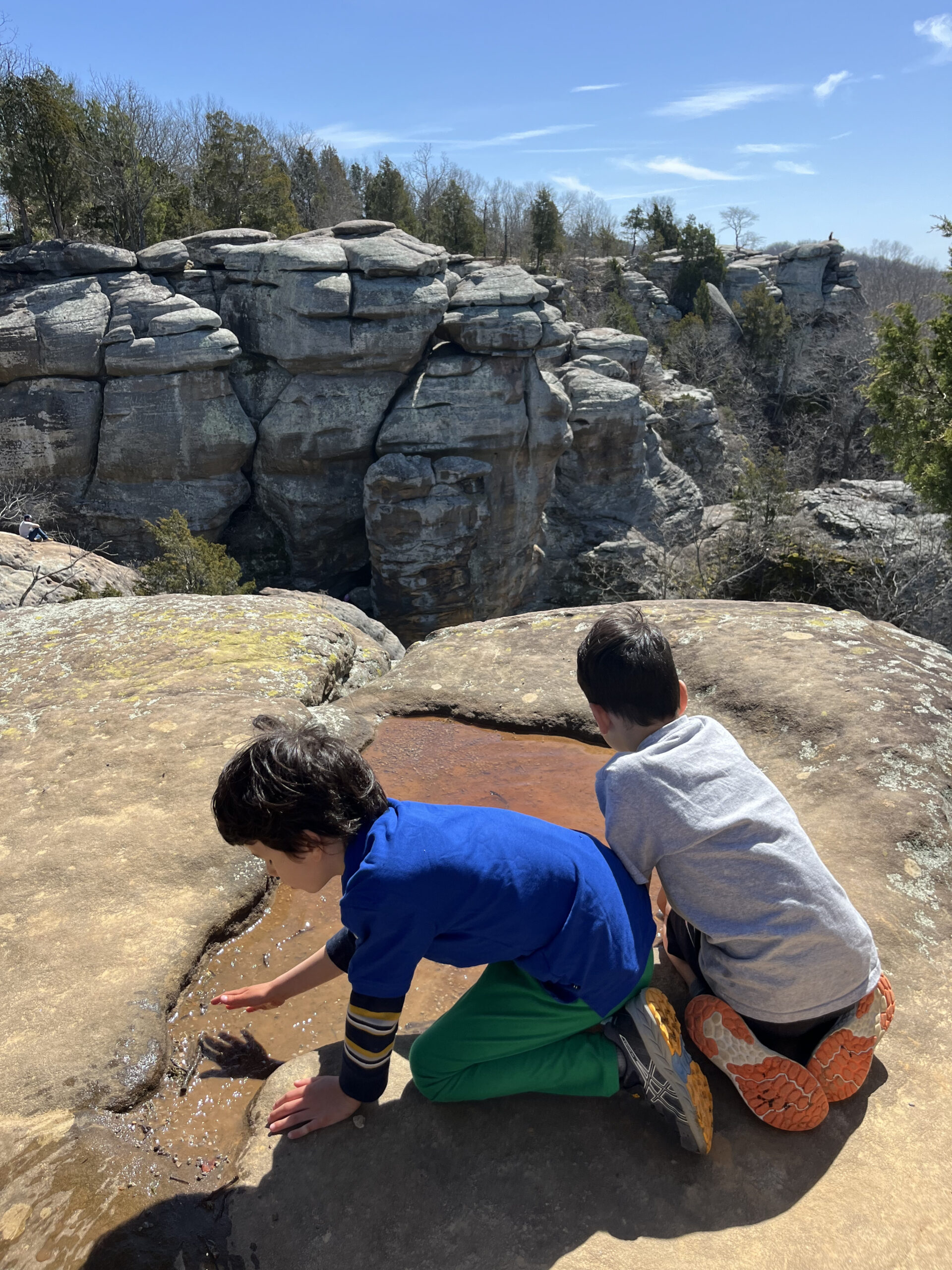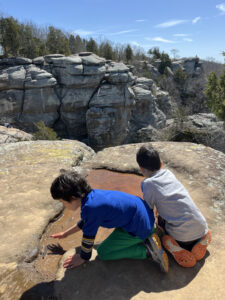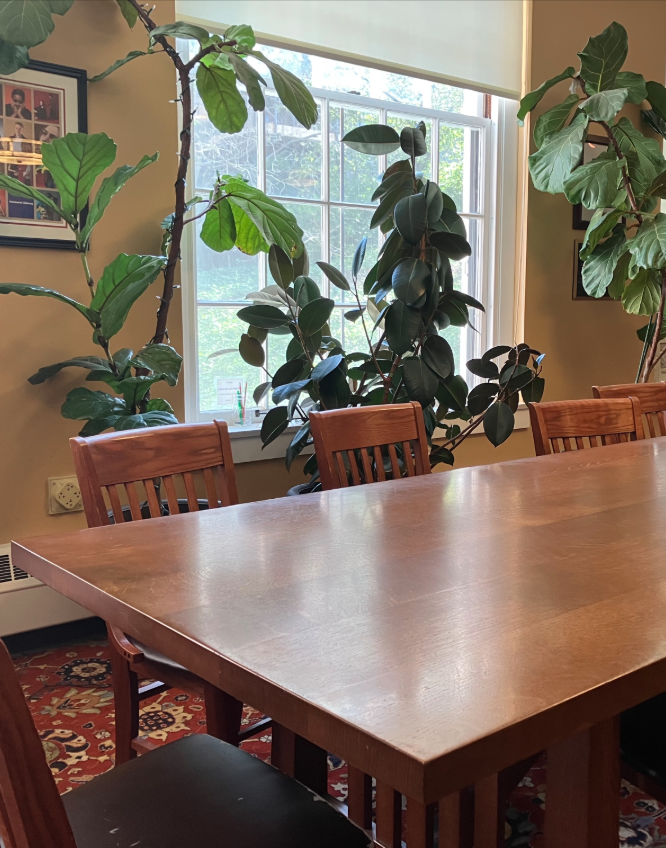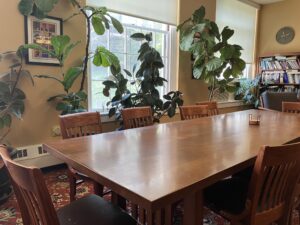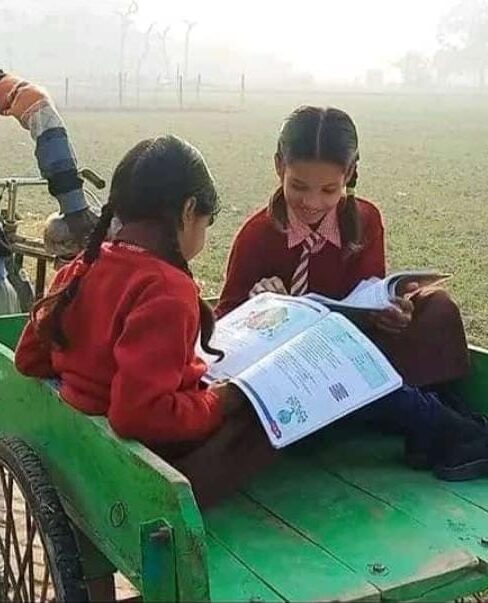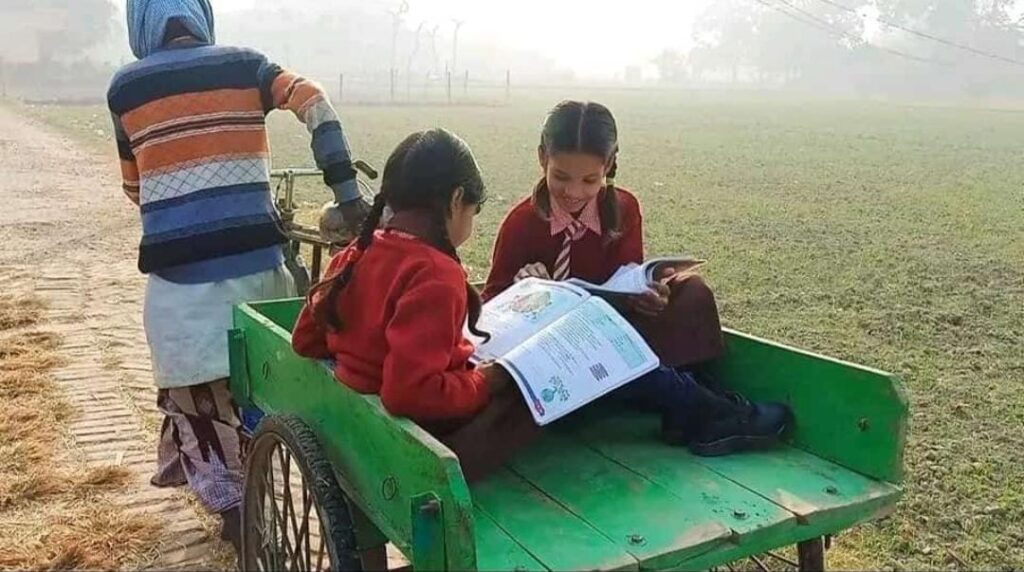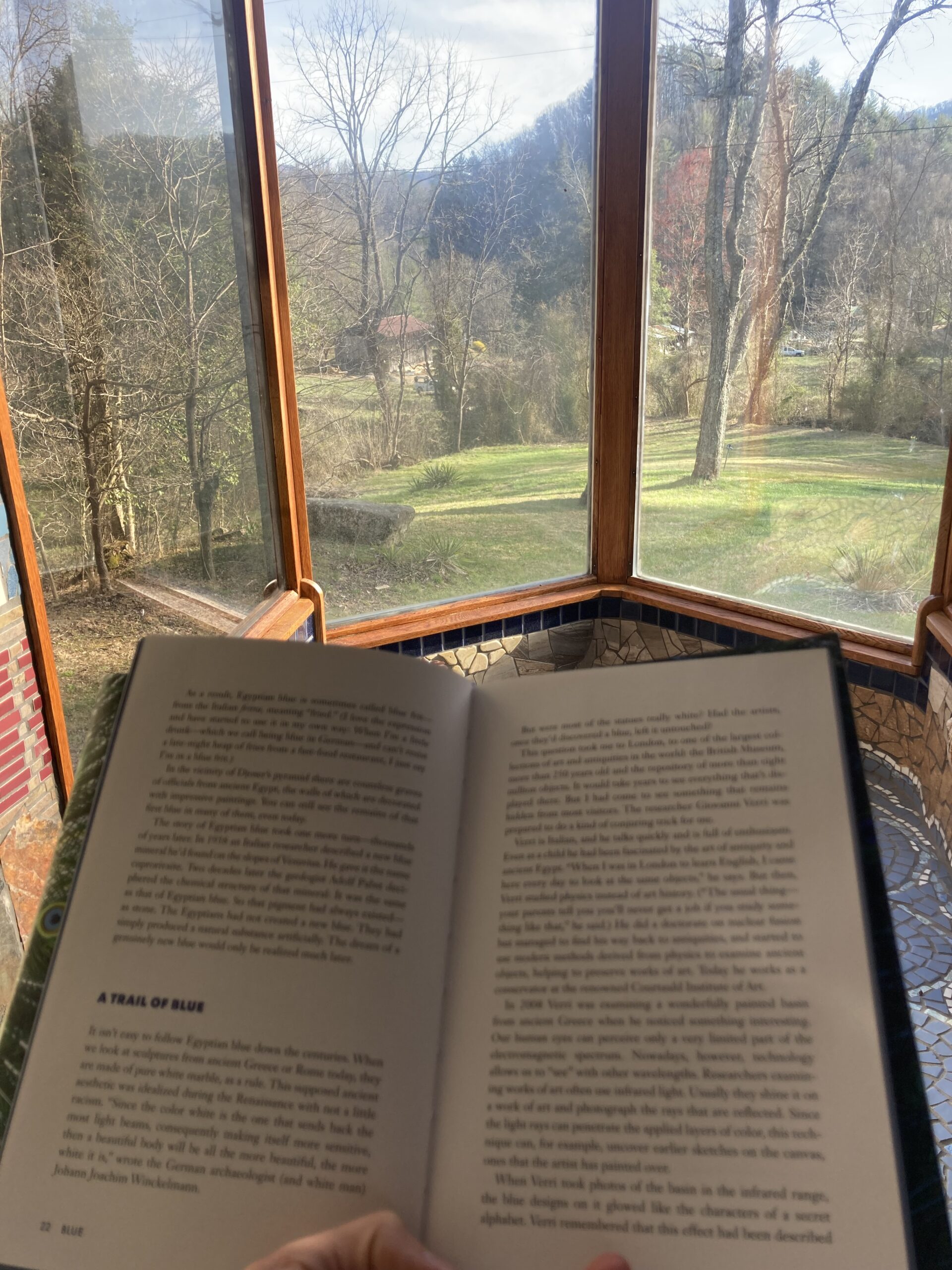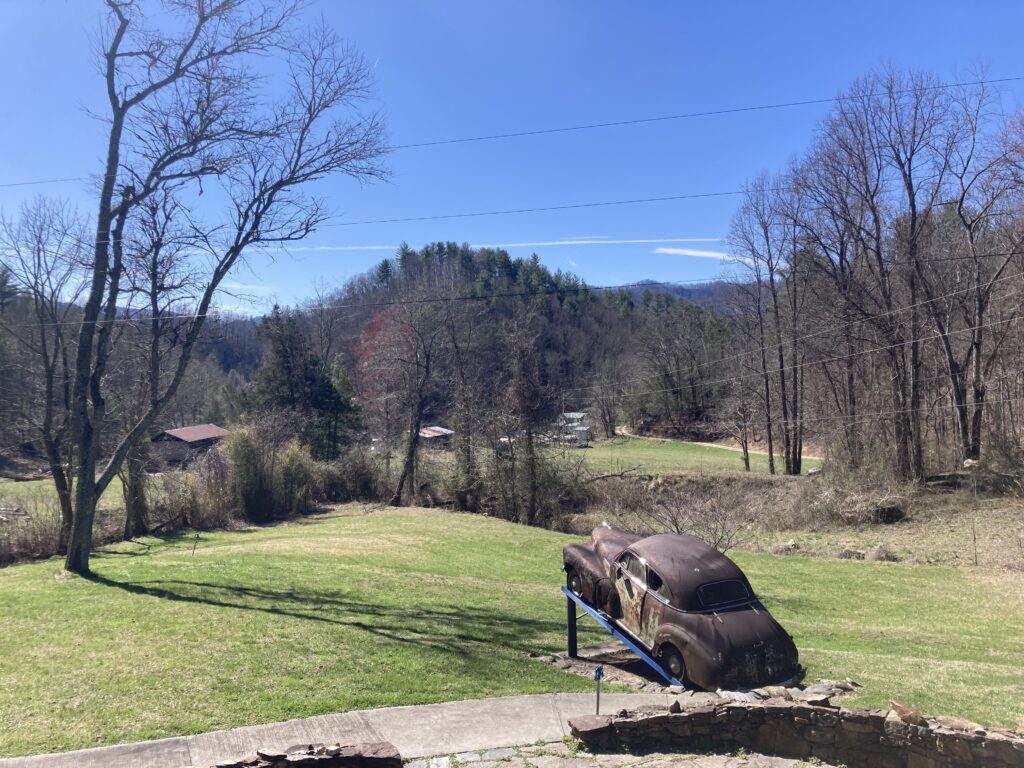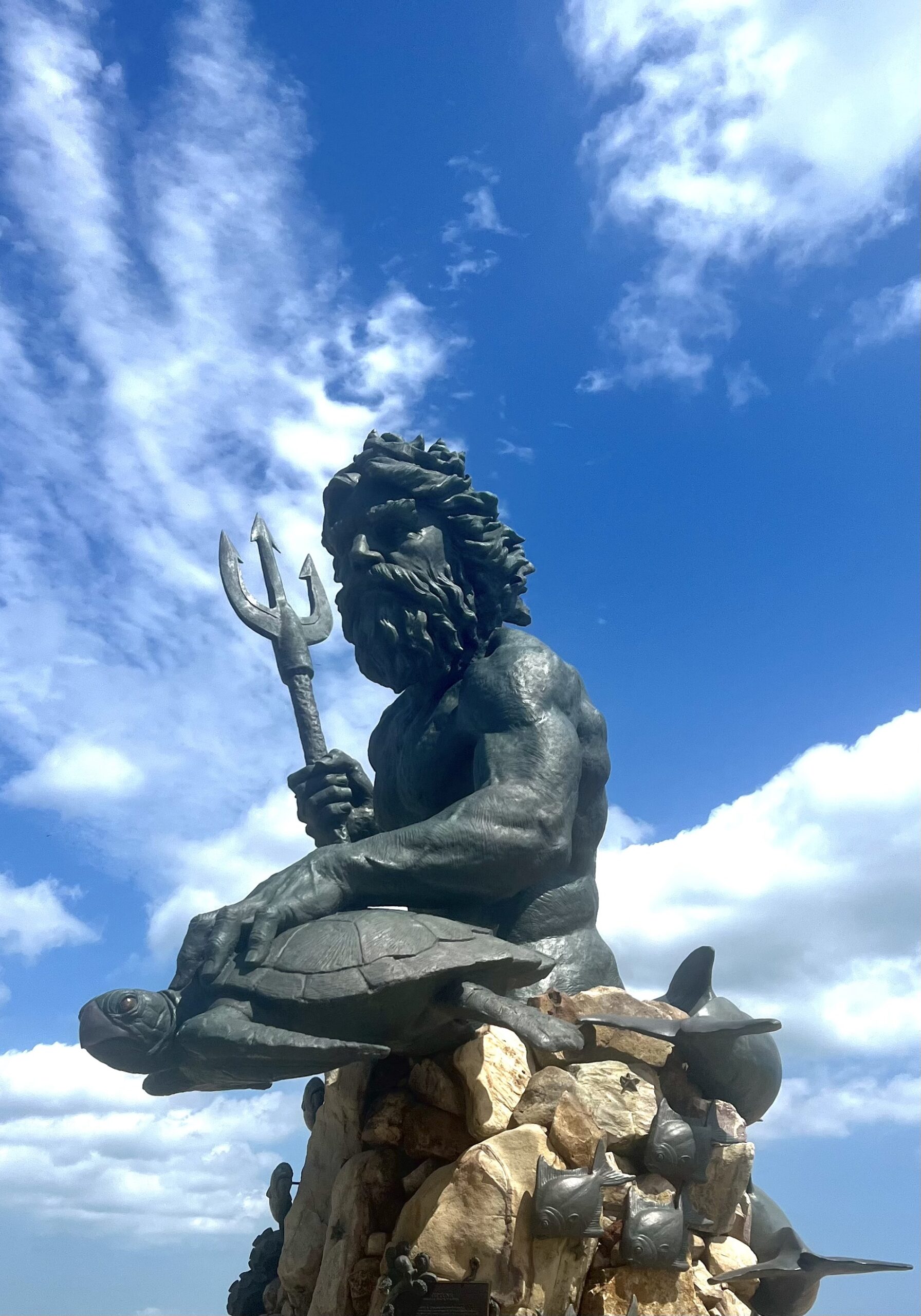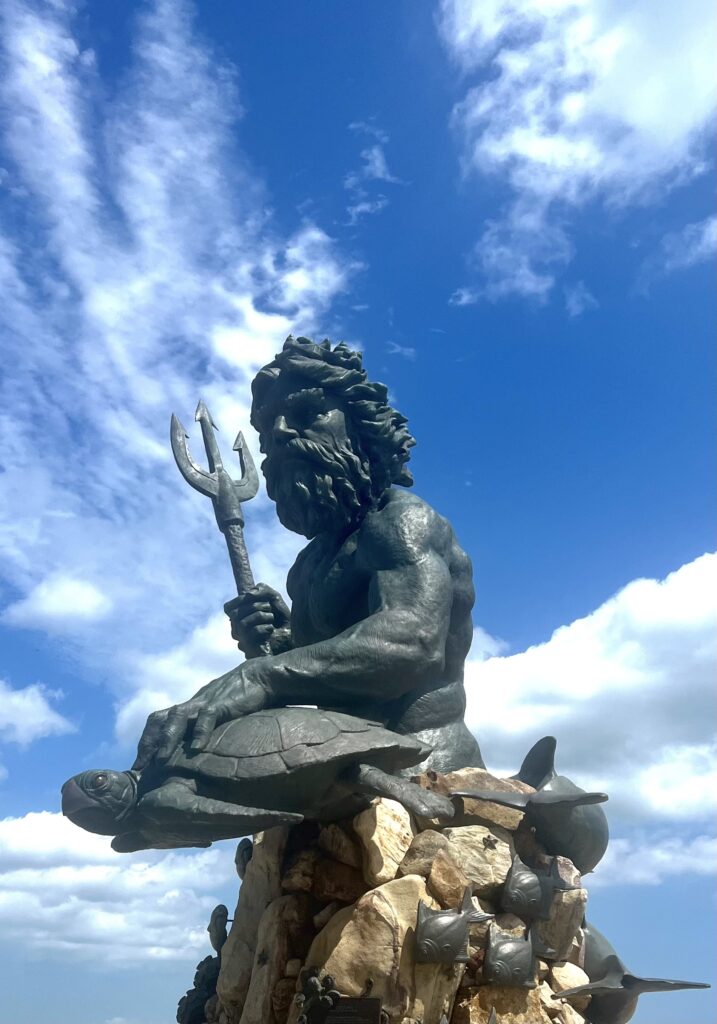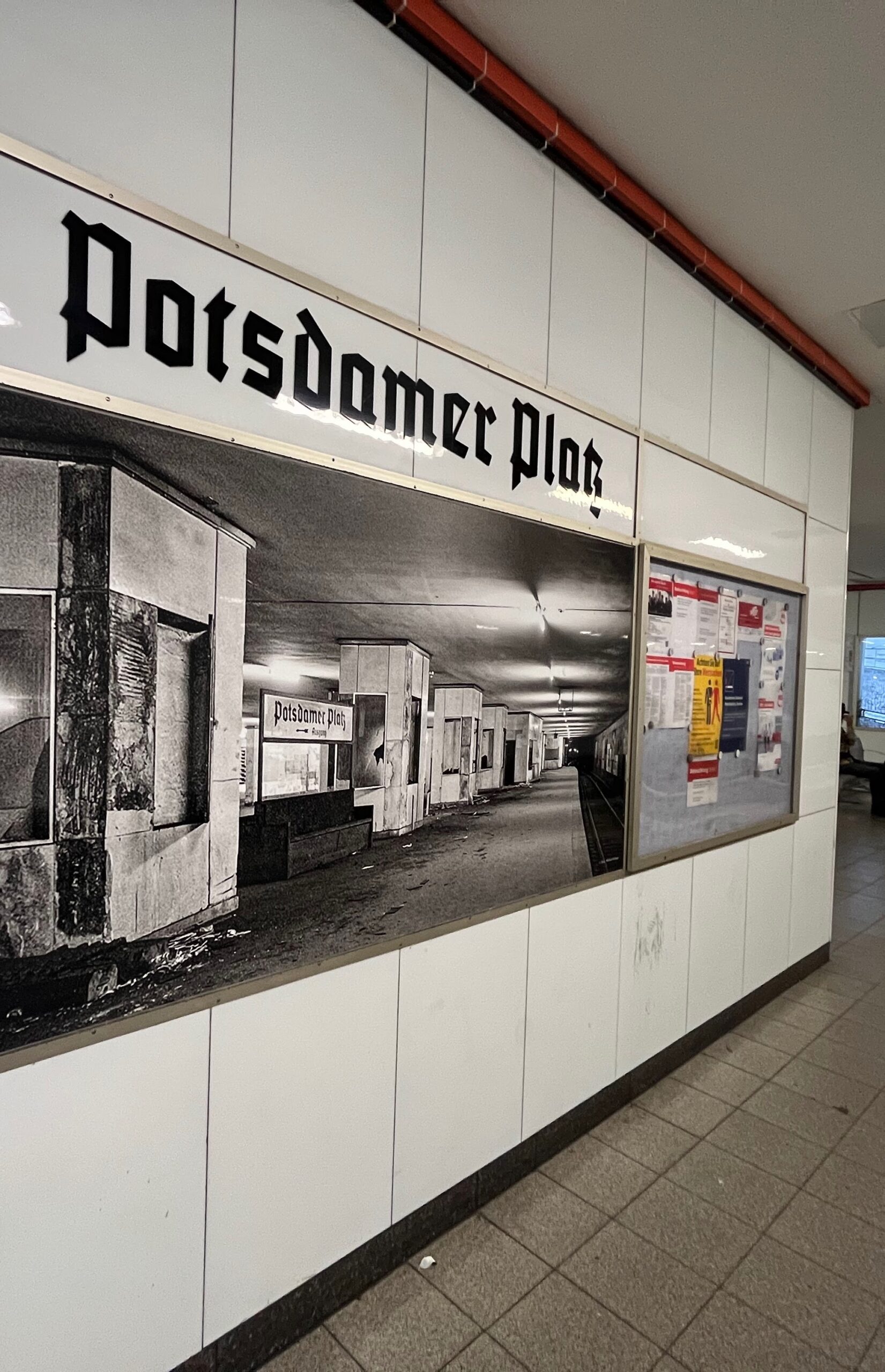By MONIKA CASSEL
Author’s Note:
Cold War divided Berlin haunted me growing up because it was a place where history was unavoidably visible, and when I lived there for two-and-a-half years as a student in the 1990s, I was always watching and trying to document the city’s rapid changes after the Wall fell. In 2022 a cousin found an advertisement on Ebay from circa 1939 that showed images of the Potsdamer Platz S-Bahn station from my great-grandfather’s glass factory in Waldenburg (now Wałbrzych, Poland). I’m still processing what it means to have my family history connected to a place that is a central, broken image of Berlin and so crucial to the imagination of the Cold War, particularly at a time when we in the U.S. are (or should be) thinking about what the world looks like when democracy yields to authoritarianism.

Photo courtesy of author.
Berlin, Germany
Potsdamer Platz, Berlin, April 1939
We were successful in securing major commissions—for the Reichsbahn–
underground station Potsdamer Platz and Anhalter–Bahnhof—and in
fulfilling them on time. Such large-scale projects are crucial for breaking
fresh ground for sales of Opaxit glass.
—Annual Report of the Schlesische Spiegelglas Manufaktur
Carl Tielsch G.m.b.H., 1938


